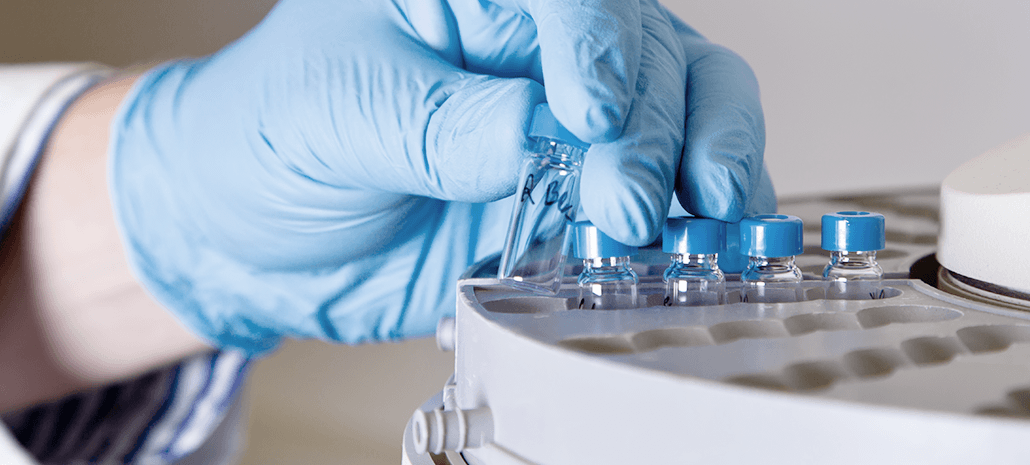- Have any questions?
- +61 383 766 284
- noreply@envato.com

Welfare and Urinalysis
April 9, 2015Opioid Drug Testing

What is an opiate?
The opiates known as codeine, hydrocodone and Oxycodone are synthesized from morphine. The potential for addiction is less with codeine than morphine of hydrocodone (but it is certainly still there). Drugs such as fentanyl and methadone are entirely synthetic. Heroin is the most addictive opiate drug and can lead to other health problems such as heart infections, kidney disease, liver disease, and of course possibly death from overdose. Methadone is used as a replacement for opiate when patients are withdrawing.
Opiate Drug Testing
The testing for opiates can be done in three methods: urine, saliva and hair testing. As far as the urinalysis breakdown of the drug, the chemical facts go something like this: Heroin breaks down into codeine and morphine. Codeine breaks down into morphine. The presence of codeine can be the result of either heroin or codeine use.
As for hair tests, many opiates are detectable with hair tests (the same which are detectable in a urine test) and are included in the standard set of substances tested for by many companies. The standard hair screen takes the most recent 1.5 inches of growth and uses those for testing. That provides a detection period of approximately 90 days. If an individual’s hair is shorter than 1.5 inches, this detection period will be shorter.
In the past few years new technologies have been developed which allow for saliva testing for the presence of opiates.



